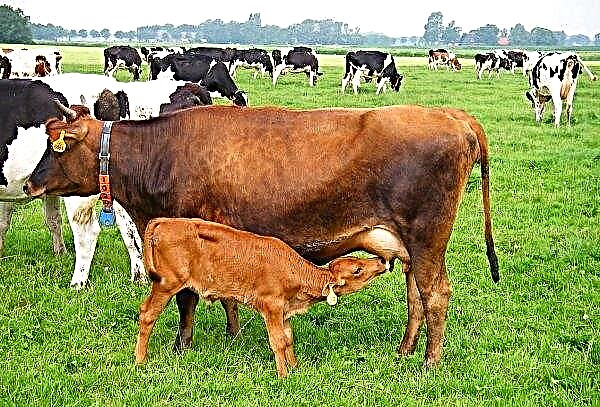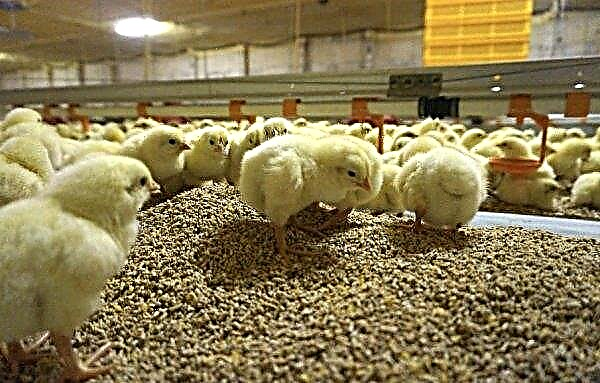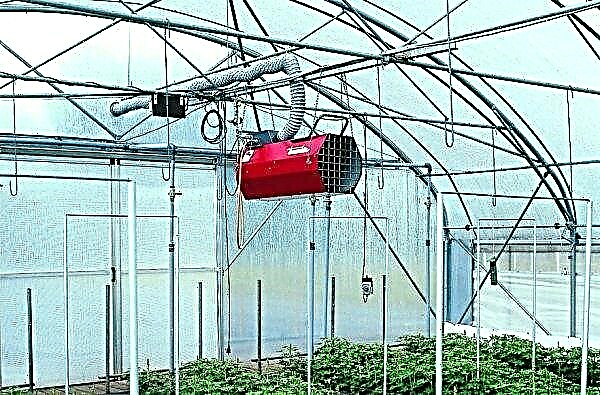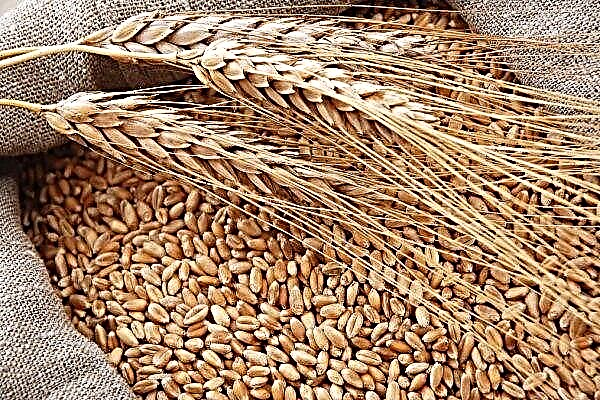African Green Resources (AGR) will provide financial assistance to farmers in Zambia.
One of its directions is providing Zambian farmers with modern technologies and consumables in exchange for agricultural products. The official launch of the project took place on Sunday March 1, 2020.
In Zambia, 85% of the population is engaged in agriculture, but only for local consumption. Until today, African farmers have used primitive means of cultivating land.
The plans of "African Green Resources" include the implementation of other projects in the country. For example, the creation of a solar farm with a capacity of 50 MW and an irrigation dam. The total investment in the program will be $ 150 million.
According to the Reuters international agency, 120 large farmers, as well as 250 thousand small and medium-sized farmers, will receive AGR support. The main goal of the program is to increase food security in the country and in the surrounding regions.

According to estimates of the fund, wheat and soybeans will need 60 thousand tons of fertilizers worth $ 55 million. Another 26 million dollars. will be directed to the implementation of the project to increase granaries. It is expected that the yield of wheat as a result will reach 44 thousand tons per season.
Part of the African Green Resources Fund is guaranteed by the African Development Bank, the African Union, Sace Italy, and Agriculture grain International. It is projected that increased productivity, access to markets and credit financing will lead to the growth of the farming business in Africa.
- The small area of the site and the desire to decorate the landscape with as many plants as possible make vertical gardening a godsend for gardeners.
- Alexander Dmitruk from the village of Kletishche, Chernyakhovsky district, Zhytomyr region, made a seeder with his own hands, in his work he is guided by the technology of Ivan Ovsinsky and does not use traditional mechanisms.
- Indian agriculture has a number of problems that impede its development: the reluctance of farmers to abandon obsolete technologies, excessive reliance on common agrochemicals, poor supply chain management and the problem of counterfeit products.












